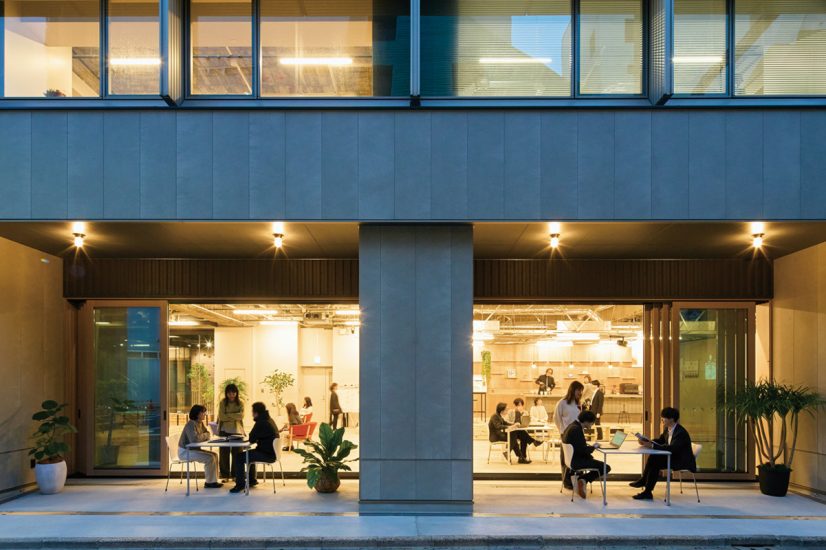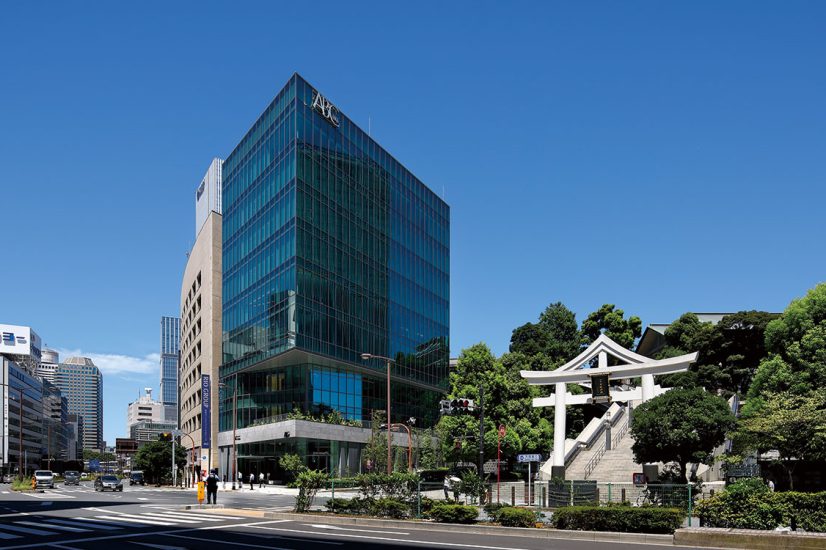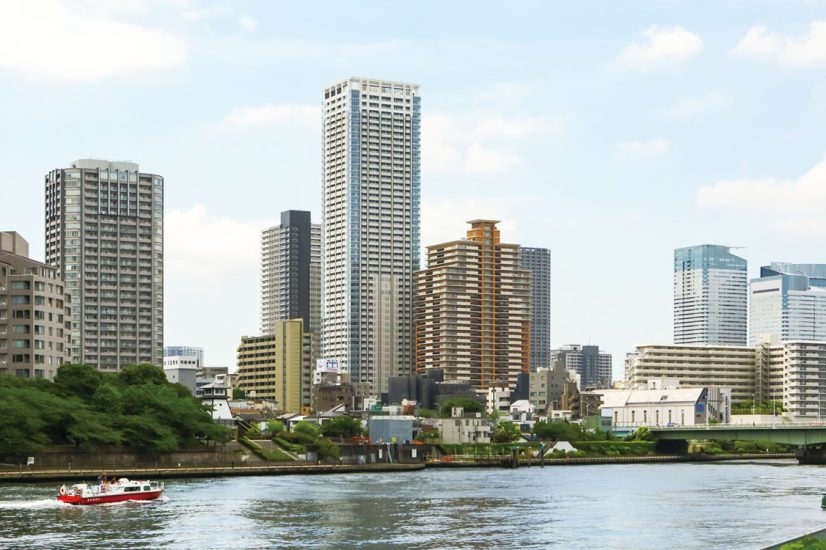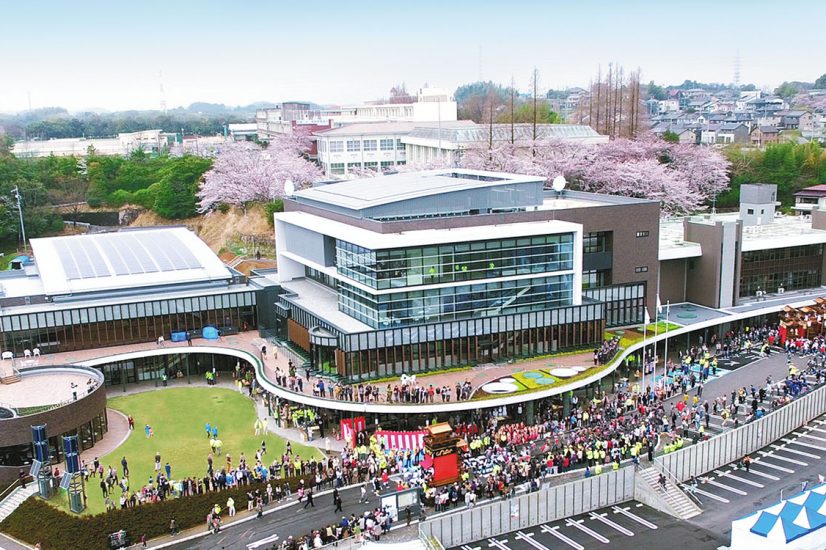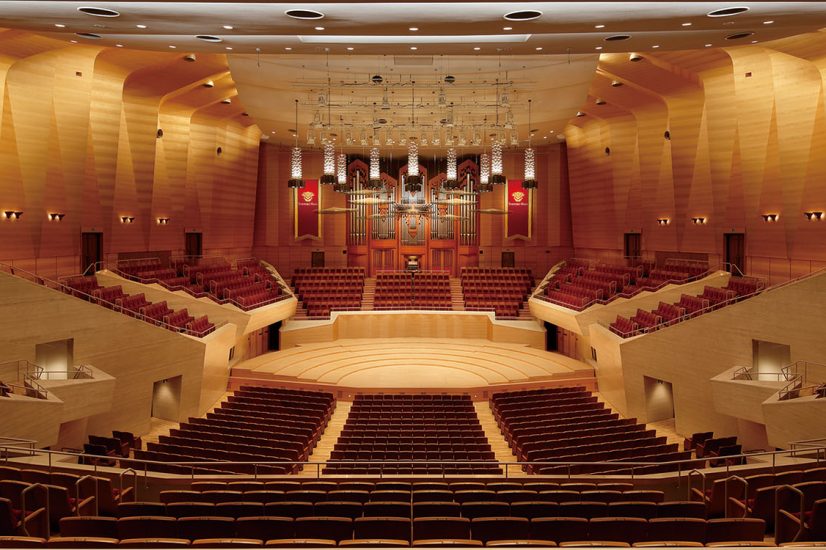Yasui Architects & Engineers, Inc.
Yasui Architects & Engineers, Inc.
A Museum representing the company’s philosophy and ideals
Hisamitsu Museum
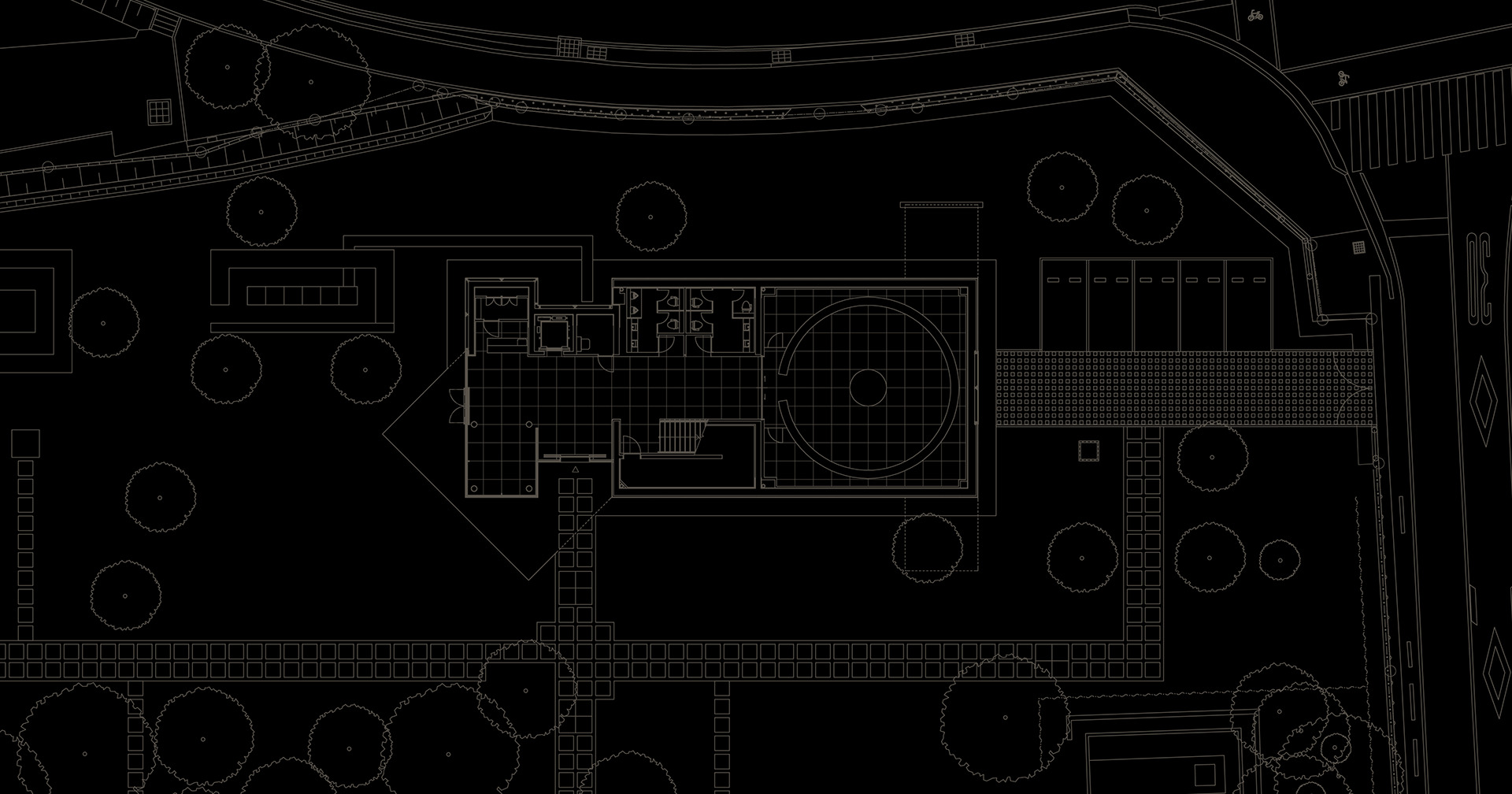
A project to commemorate the company’s 170th anniversary by creating a building that communicates its history and also acts as a focal point of the culture and art of Tosu
Actively producing and selling medicines since the Edo period, Tashiro in Tosu City, Saga Prefecture , is known as one of the four leading pharmaceutical areas in Japan, together with Toyama , Yamato (Nara) , and Omi (Shiga ). Established in 1847 at an inn town along the Nagasaki Kaido , a main point of transportation, Hisamitsu Pharmaceutical Co., Ltd. is a long-standing pharmaceutical company with a leading product called Salonpas® , a long-time favorite adhesive patch since its introduction in 1934.
Plans for the Hisamitsu Museum were promoted by President Kazuhide Nakatomi as one of the projects to commemorate the company’s 170th anniversary, with construction completed in February 2019. General Manager of the General Affairs Department (Kyushu Headquarters) and appointed leader of the project, Sakae Yano , explains further, “Starting with the founding generation, who traveled with wicker trunks all the way to the Hyuga (Miyazaki ) area to sell medicine, what hopes and dreams have the following generations of managers carried up until now? This idea came about when it was suggested by in-house employees that we could build a company museum that we could look to when we feel lost and raise morale.”
Yukihiro Kojima served as the on-site coordinator, giving architectural form to the design ideas produced by Cecco Bonanotte , an exemplary Italian sculptor who resonated with the philosophy of Hirotaka Nakatomi , the fifth president and current chairman. Kojima mentions, “In addition to communicating the company’s history, the client sought to create a building that would act as a culture and art center in Tosu, where there are no museums. To respond to this, we continuously kept alive the desire to produce something truly outstanding.”
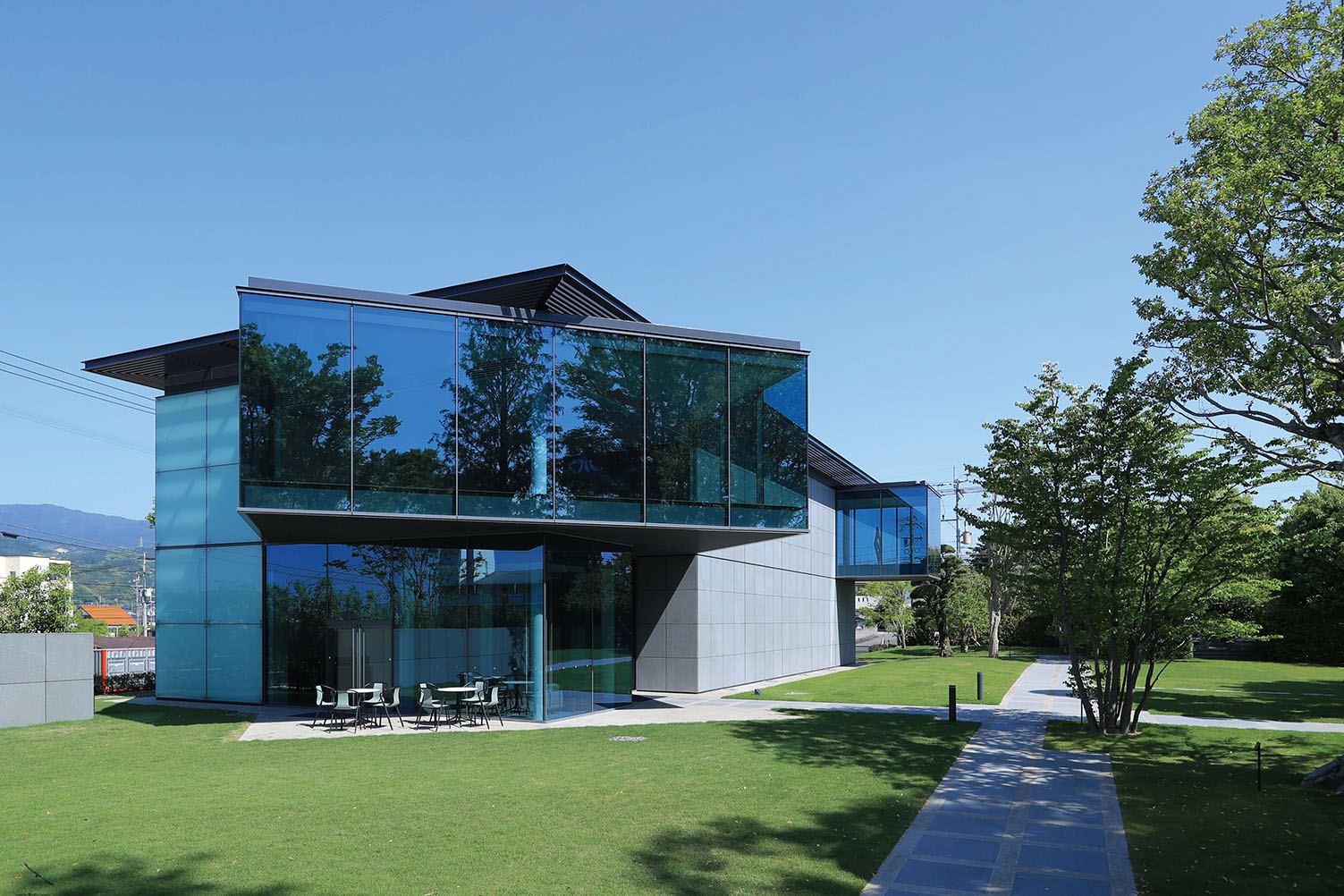
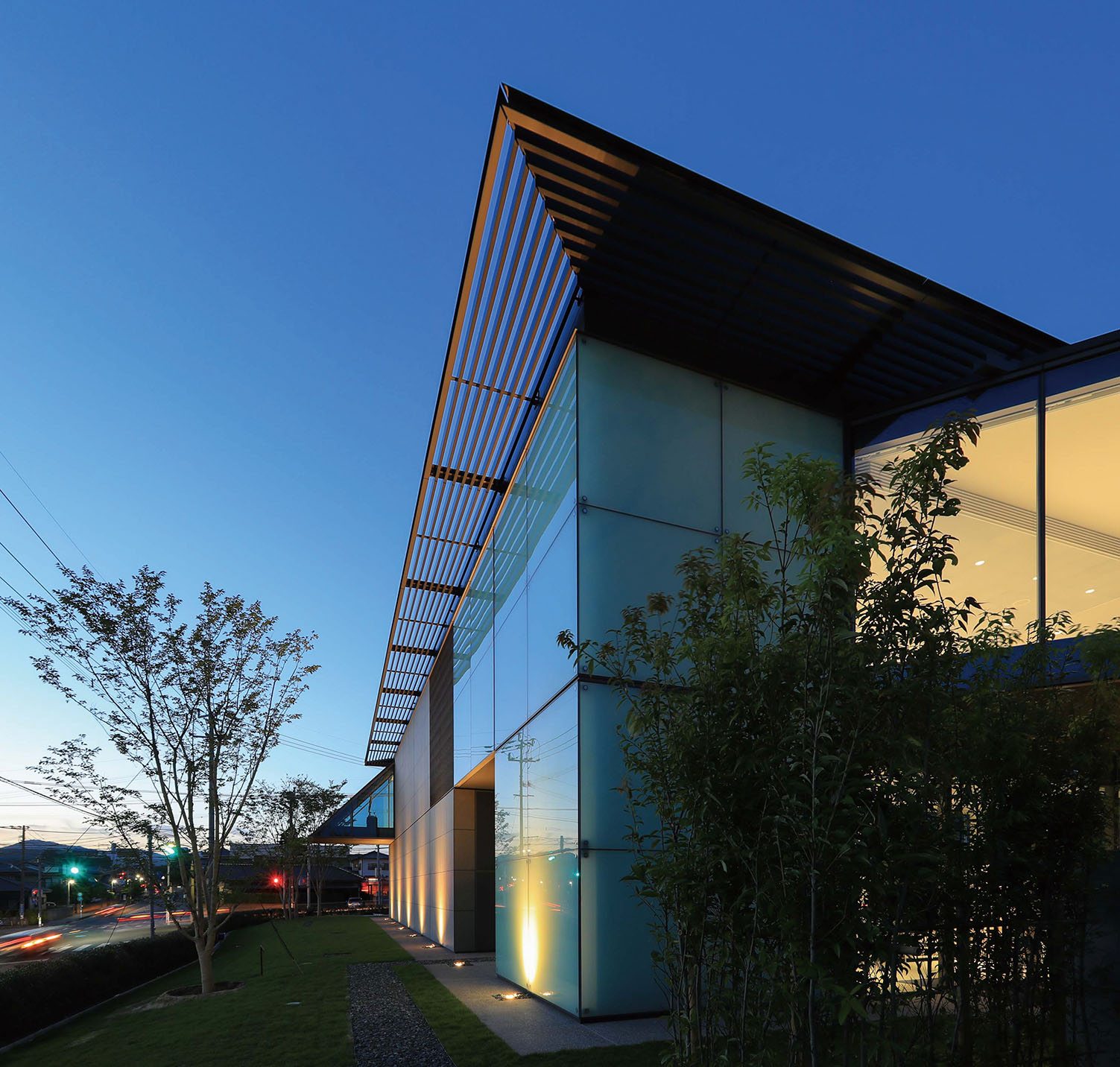
Commitment to the aesthetics of glass: A 4 x 12-meter full-size mockup was built with the glass and sash to be used in the actual building to confirm how it would look.
The design is simple and rectangular based on a 4-meter cube, with a glass box protruding from the walls as if floating mid-air, attracting the eye of the observer. To realize as architecture such an original impression distinctive of a sculptor, Atsushi Kusunoki and Takashi Uenoyama , responsible for the design, focused intently on the details one by one while protecting the wishes of the client and Bonanotte. They mention, “In what way would Hisamitsu Pharmaceutical want to use this museum? We identified what kind of functions Bonanotte wanted to incorporate in the building as well as the type of exhibitions desired, and then proposed the building area and configuration after aligning those intents.”
Since gaining inspiration from a work they came across at a particular museum in Kyushu, Hirotaka Nakatomi and Bonanotte have frequently interacted. Until now, Bonanotte has produced many works with birds as motifs to symbolize the stance of not being content with the conventional but constantly anticipating the future and spreading one’s wings. The impactful design of the glass box, floating above the ground without supports, was also superimposed by the image of a bird in flight, transcending established ideas. “Hisamitsu Pharmaceutical conveyed that they wanted us to stay true to the image that Bonanotte had created and produce a design that would realize this. He was intent on a 4 x 4-meter grid made up of a smaller 1 x 1-meter grid. We developed the design using these rules to not stray from his style.” The building is essentially a collection of 4 x 4-meter cubes, and due to this simplicity, its appearance varies subtly depending on how the details are treated. “Keeping to the 4 x 4-meter grid design for the height measurements as well was quite difficult. With a 4-meter floor height, you would think there is no problem, but this height includes the roof and floor structures. Ensuring a ceiling height of more than 3 meters while still protecting the grid left almost no space for finishes. That said, for the museum, the crucial thing is how the projecting glass box is perceived. Though the cantilever, with no columns below, put a significant burden on the building’s supporting structure, we were able to respond to Bonanotte’s vision with the help of the structural engineers who came up with inventive ways to realize this space.”
Perched on a slightly sloping site, how would the eye-catching glass box look? Kusunoki and Uenoyama note that, more than anything, Bonanotte focused on the design of the glass, including the type and color of the sash. “Because buildings equipped with a lot of glass are susceptible to heat and cold, to improve livability, we considered a design using thermally insulative Low-E double glazing. Bonanotte was concerned that the seal color between the glass may stand out if double glazing is used, so we created a full-scale 4 x 12-meter mockup with the chosen glass and sash to confirm its actual appearance and convince him before construction.”
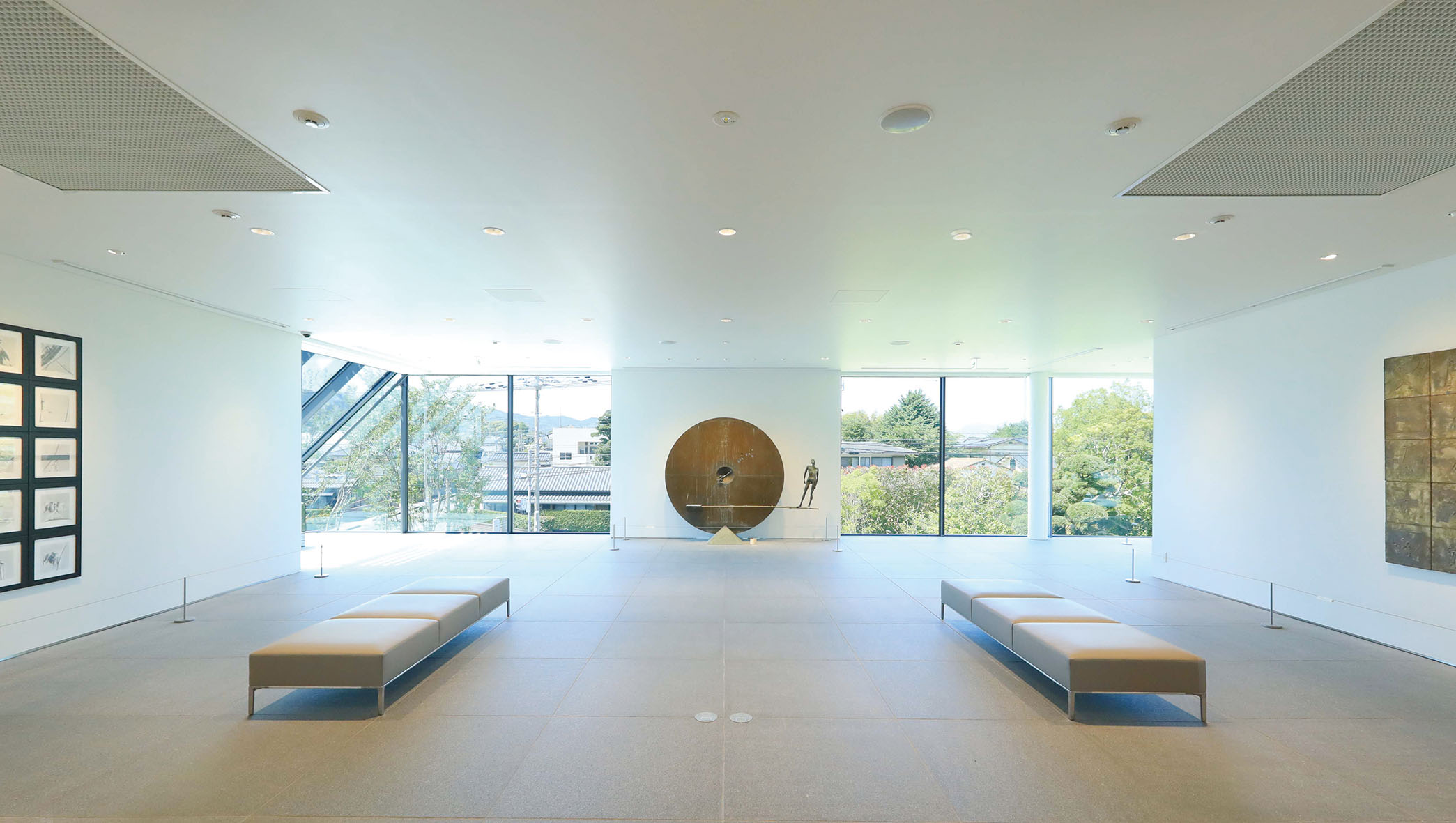
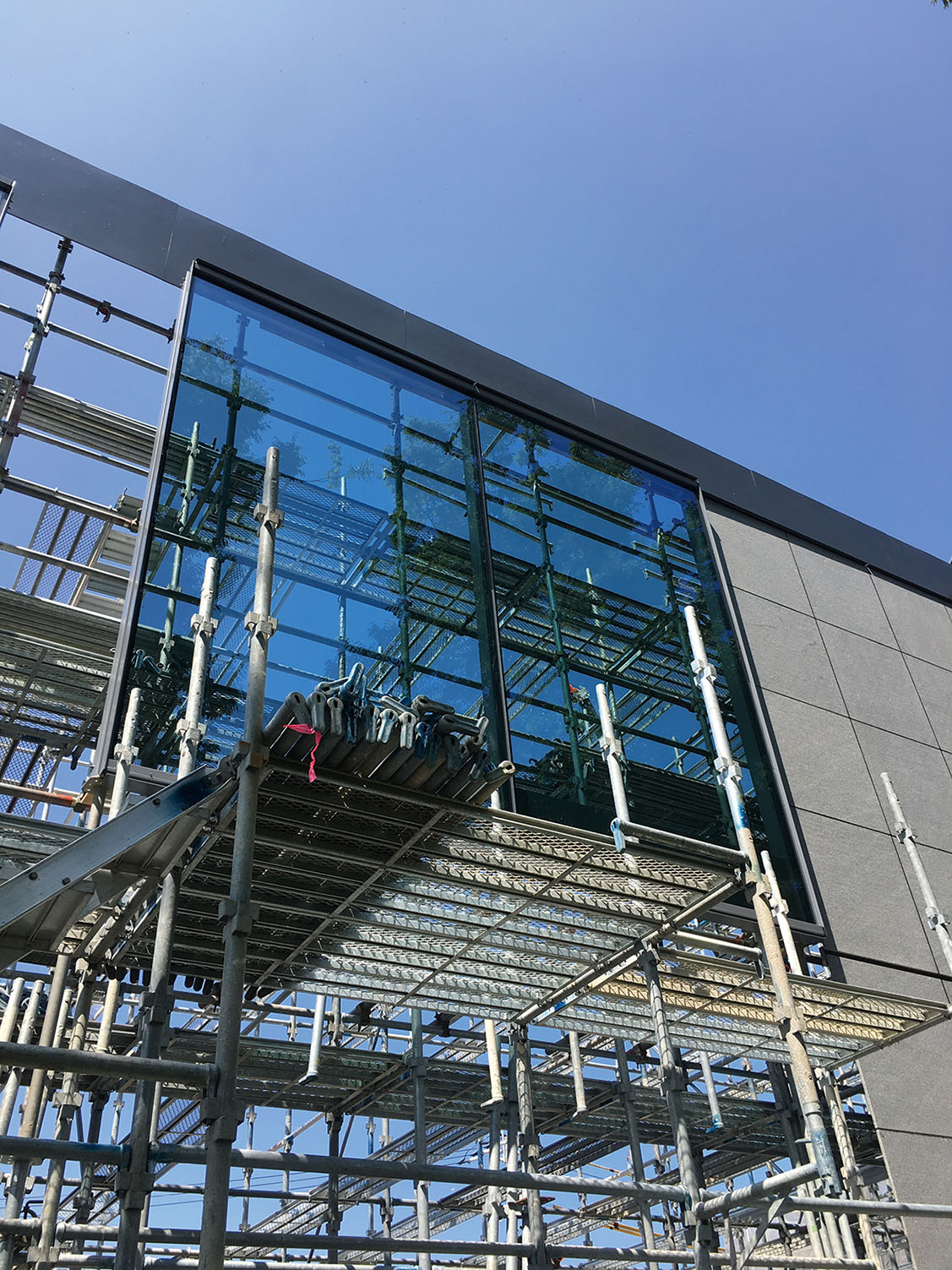
By adopting eight energy-saving technologies, such as the use of Low-E double glazing, Saga Prefecture’s first ZEB certification was obtained.
In order to execute Bonanotte’s image of the conceptual design, being structurally creative was vital in this project. To carry the cantilever, which places a heavy burden on the structure, a voided slab system (with cavities within the concrete) and prestressed concrete (with PC steel wire) for the floors and beams were employed to reduce the weight and load on the frame while retaining its strength. The two mention that BIM played a big part in the design process this time, which proceeded without compromising one or the other including in building the full-scale prototype: “In the absence of language communication, I believe using BIM as a visual representation was very effective. What happens if we change the material? What is the building’s sense of scale in relation to the whole site? When walking through the museum, what does the scenery outside look like? Using BIM to describe Plan A, Plan B, and the like during meetings allowed Bonanotte to understand our design intentions.”
Incorporating eight energy-conserving technologies, such as energy creation by solar power generation, the museum reached a 103% energy conservation rate, becoming the first in Saga Prefecture to acquire a ZEB (Zero Energy Building) certification, as per the building energy conservation and performance labeling system promoted by the government in public and private sectors. “Considering environmental performance, we opted for Low-E double glazing early on in the design phase. Then, during the construction company selection process, it was suggested that we could reach net-zero energy by introducing solar power. We improved the roof insulation capability and installed high-efficiency air conditioning units while simultaneously decreasing energy consumption by segmenting operation zones, among other measures. With the cooperation of contractors, extensive investigation, and the implementation of optimal technologies to minimize environmental impact, we were able to receive ZEB’s highest rating.”
Looking back at this project commemorating the company’s 170th anniversary, the designer notes, “It is not often that the teamwork between architecture-related people goes so well.” The building itself attracts the eye, with simple modern exterior materials narrowed down to glass, granite, and stainless steel. Resembling an art museum surrounded by trees and placed in a garden scattered with sculptures, the building will act as a hallmark of the company’s ideals and contribute to uplifting employee morale.
